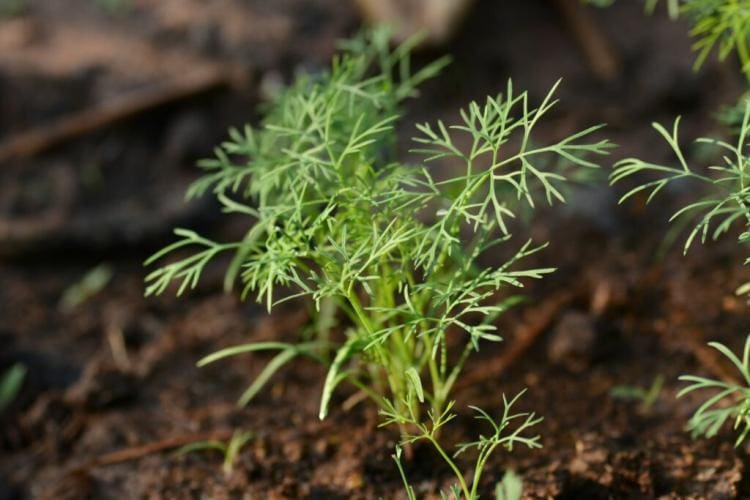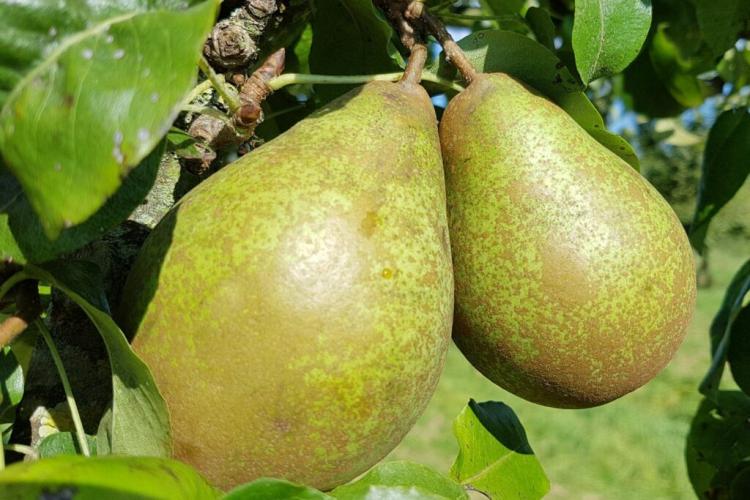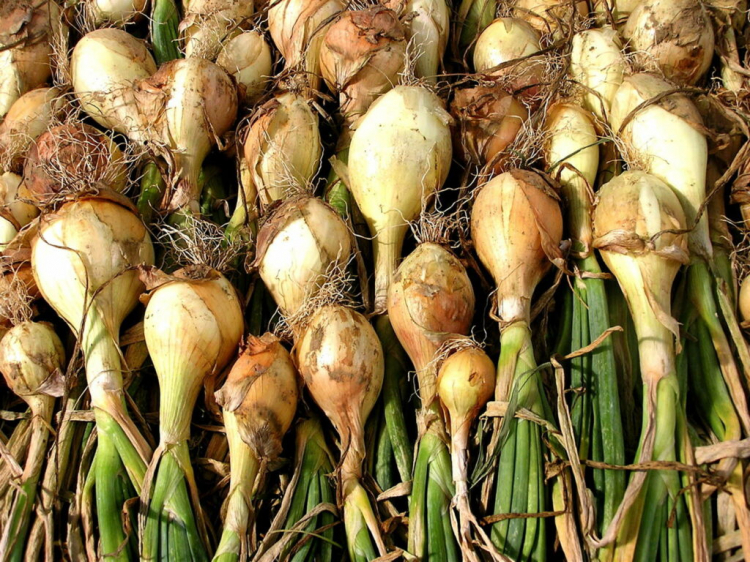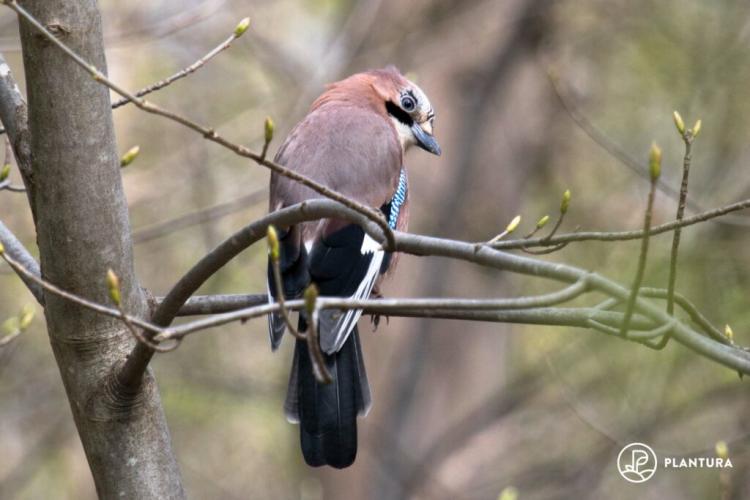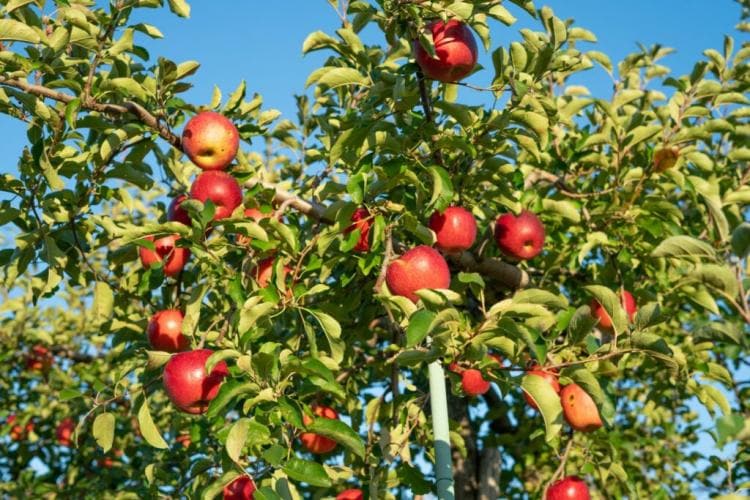Blackcap: Wanted poster of the songbird
How do you identify a blackcap? How do you recognize their singing and how do males and females differ? We answer these and other questions about the powerful singer in our detailed profile.
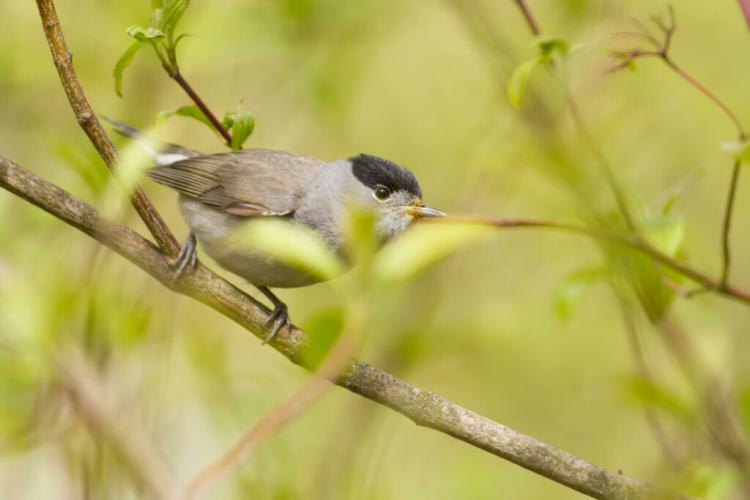
The blackcap is a frequent guest in home gardens [Photo: Yuriy Balagula / Shutterstock.com]
Although the blackcap ( Sylvia atricapilla ) is a very common species of songbird, many garden owners do not consciously notice it. This is probably due to their rather inconspicuous shape and the habit of hiding in thick bushes and leafy trees. In contrast to this covert behavior, however, her singing is anything but subtle. And whoever has internalized the melodic and succinct bird’s voice of the blackcap, will recognize it everywhere in the summer months. The monk is also the most common of our five domestic warblers and – contrary to expectations – a more regular garden visitor than the closely related garden warbler (Sylvia borin ). You can find more exciting facts and clear pictures of the blackcap in our profile below.
Blackcap: wanted poster
Table of Contents
| size | About 13-15 cm |
| Weight | About 15-20 g |
| Breeding season | April June |
| lifespan | About 5 years |
| habitat | Forests, parks and gardens with lots of undergrowth |
| Feed preference | Insects, worms, snails, berries and fruits |
| Threats | Decline in food and natural habitat |
Recognize blackcaps
Blackcaps are small songbirds the size of a tit with short, pointed beaks. The back, tail and wing covers are colored uniformly gray and form a slight contrast to the slightly lighter underside. The only, but unambiguous, characteristic of the monk is his intensely colored cap, which is deep black in the male and rusty brown in the female. Even if there is a high similarity between the representatives of the warblers and thus a certain likelihood of confusion, the blackcap can always be recognized without a doubt by this eye-catching headgear.
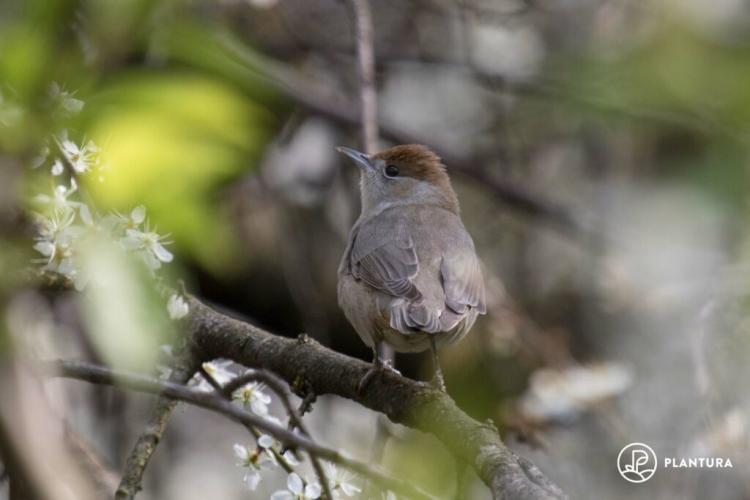
Female blackcaps wear a russet cap; the males a black one
What does the blackcap song sound like?
The blackcap song consists of a loud, powerful and melodic stanza reminiscent of a sweeter and less throaty version of the blackbird song. Sometimes this stanza is preceded by a more subtle, babbling prelude that is more difficult to pinpoint. But the concise main part is never long in coming and can be assigned to the blackcap without a doubt.
You can hear what the blackcap singing sounds like here:
In addition to the characteristic singing, the monk also has a second bird’s voice: a call that sounds like knocking two pebbles together. The hard “teck” can also quickly act as a warning call when lined up: “Teck-teck-teck-teck-teck”.
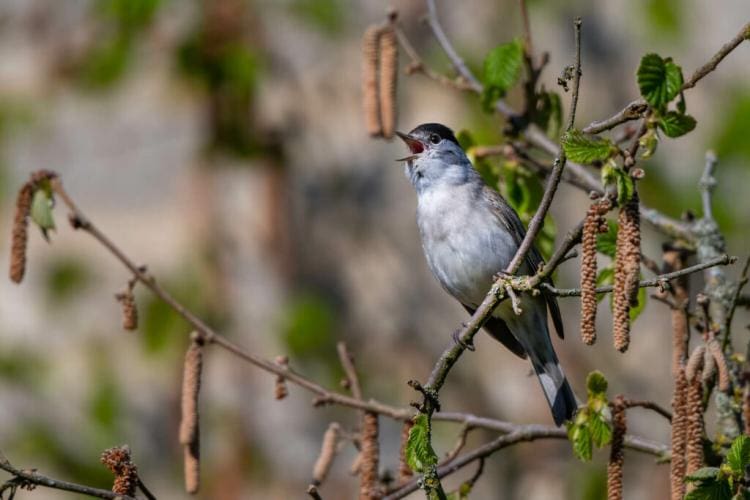
The cheerful song of the blackcap often resounds from bushes and trees [Photo: Karel Zahradka / Shutterstock.com]
How do you recognize the blackcap young birds?
The blackcap young birds are colored similarly to the female and also wear a red-brown cap at the beginning. Thanks to this feature, the young can be identified very early on. In the late year and in their first winter the male juveniles already show a dark brown to black cap and in the next spring they present themselves in the finished adult plumage.
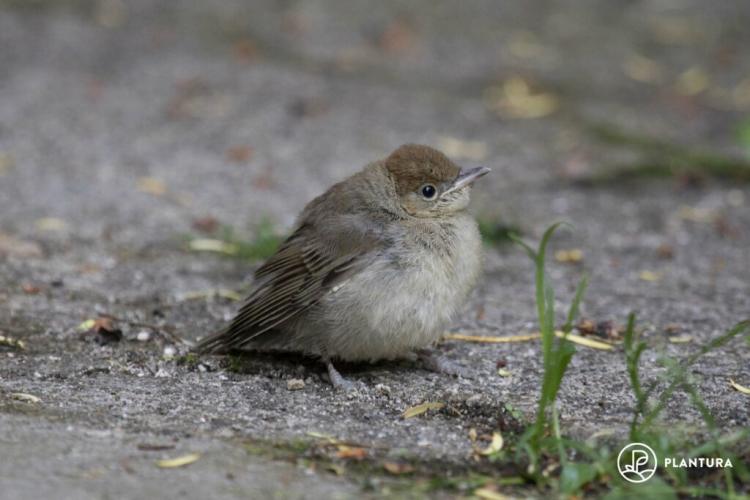
The young birds, like the females, wear a brown-red cap
Which habitat do blackcaps prefer?
The blackcap is widespread almost everywhere in Europe – with the exception of the northernmost areas and the high mountains – and in large parts of North Africa. It inhabits a wide range of habitats, from dense forests to semi-open landscapes to parks and wild gardens. A mixture of trees and well-grown shrub layers is important to her.
Where does the blackcap build its nest?
The blackcap nest is found in low vegetation – in thick bushes about one meter above the ground. The male starts building nests first when he returns from his winter quarters in spring. The construction is interrupted again and again by long, imposing vocal interludes with which a potential female is to be attracted. When a couple has finally found each other, the nest is completed together.
When do blackcaps have breeding season?
The blackcap breeding season extends from April to July. The female lays four to five brownish-white eggs, which are marked with black spots and are incubated by both parents alternately. After about two weeks the young birds hatch and stay in the nest for about 12 more days and are fed with insects and berries. After the little blackcaps have fledged and left the nest, their parents help them to find food for a while. After that, the young are left to fend for themselves and the parents often start another brood.
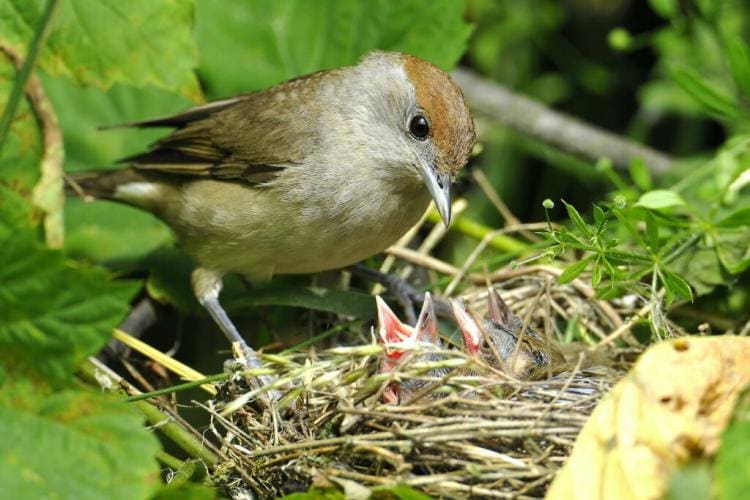
The mother takes care of her young [Photo: CezaryKorkosz / Shutterstock.com]
Where do blackcaps hibernate?
Blackcaps are migratory birds and leave their breeding grounds in the late year. Most of our native populations move to the southwest and spend the winter in the Mediterranean. A growing part of the population, on the other hand, winters in Great Britain. In the last few decades the living conditions for the songbirds there have become better and better thanks to milder winters and generous feeding, and due to the shorter distance, the monks return to their breeding areas earlier. This gives the birds that winter on the British Isles a competitive advantage over the individuals from the Mediterranean region.
How can you support blackcaps in the garden?
The little songbirds with the great voice are frequent visitors to home gardens. During the breeding season, their lush bird calls can be heard throughout the day. If you want to do something good for the talented singers, here are some tips for creating a bird’s paradise.
What kind of food do the birds prefer?
Blackcaps have a very diverse diet. The majority of their diet consists of small animals such as insects and their larvae, worms and snails. But they also use vegetarian food, such as berries and other fruits. For this reason, the monks can return from their winter quarters quite early. Since they do not have to wait for the insect offer, they can be seen with us from March. Nevertheless, due to the migratory behavior, the classic winter feeding is of course omitted here. But if you haven’t removed your bird feeder in March, you can still see the blackcap competing for food with the blue tit, blackbird and others.
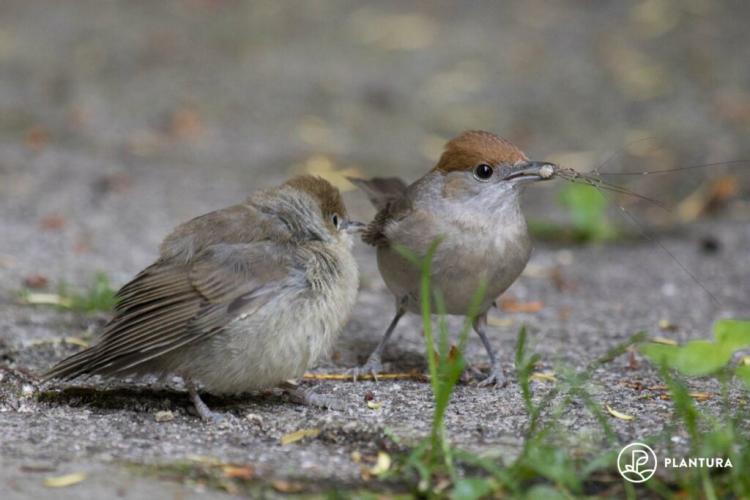
Black warblers also feed their young animals with various insects
The monks are particularly interested in soft food mixes and fruit. You can offer the songbirds, for example, our Plantura year-round feed, which contains rich seeds as well as raisins and soft oat flakes. An extra load of proteins and an addition of feed lime make our year-round feed an optimal additional feed for future bird parents.
Which nesting aids are suitable for blackcaps?
Classic nesting boxes, such as those used for blue tits or starlings, are not suitable for blackcaps. Because the monks are free breeders and therefore do not use closed structures as nesting places. If you still want to provide sufficient nesting opportunities, you should rely on the creation of more natural structures. Blackcaps love thick undergrowth in which they can hide their nests close to the ground. Therefore, do not thin out your hedges and bushes too much and ensure that your garden is undergrowth. And with a bit of luck, you will soon be able to observe the monks’ breeding activity with your own eyes.
How can you additionally support blackcaps?
Since blackcaps feed not only on insects but also on berries and fruits, there are a number of bird-friendly plants that can expand the diet of the small birds. But you can also provide for animal food by creating an insect-friendly garden design. In particular, chemical sprays should be avoided, as they often contain substances that are toxic to insects and thus not only reduce the number of insects, but can also harm the birds via the food chain. If, on the other hand, you want to bring additional life into your garden, you can use our Plantura beneficial insect magnet to create a true paradise for pollinators, pest killers and other small garden animals, many of which are also on the blackcap menu.
The marsh tit, for example, looks very much like a male blackcap from a distance, as both have black feather caps. In our species portrait you will learn how to recognize the swamp tit without a doubt and how to distinguish it from other tit species.

